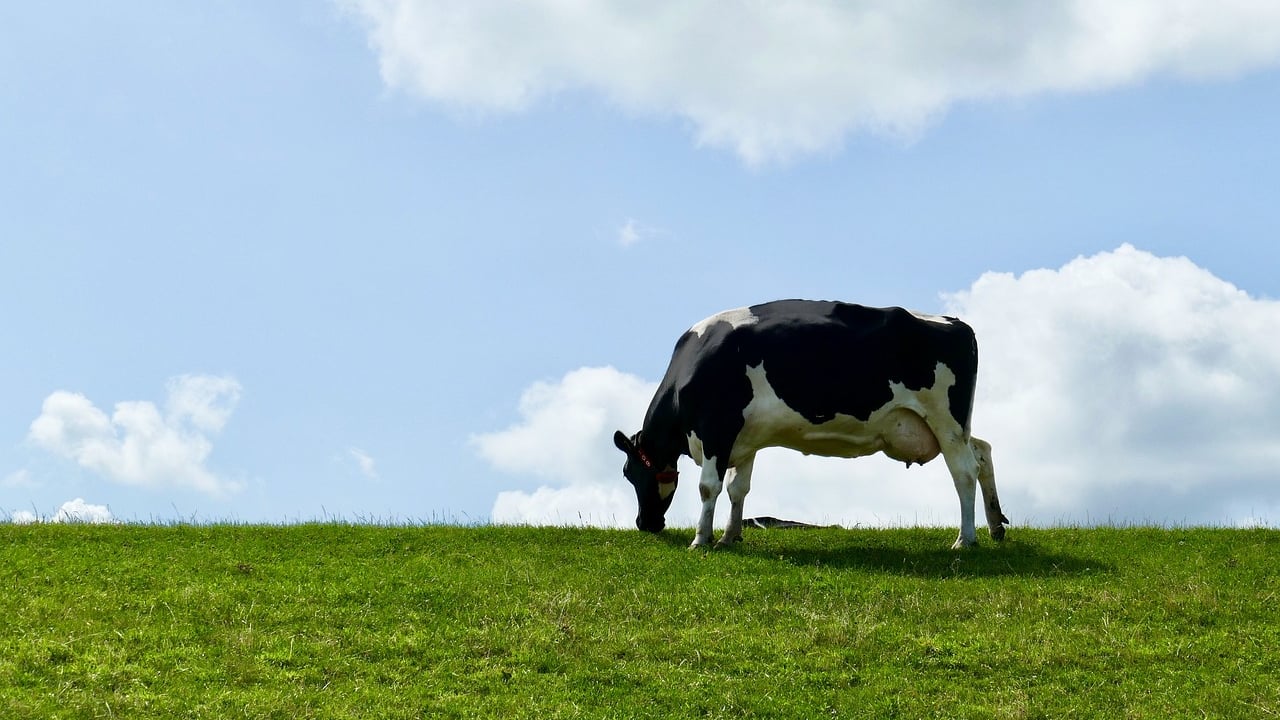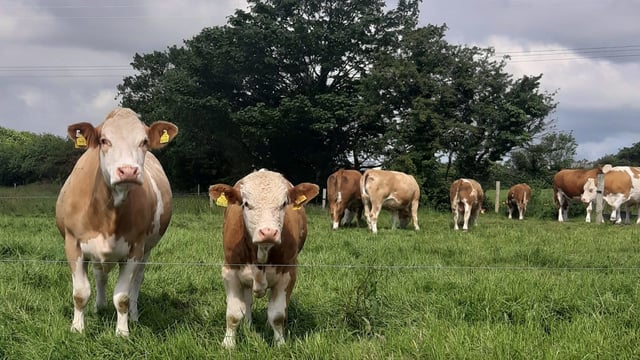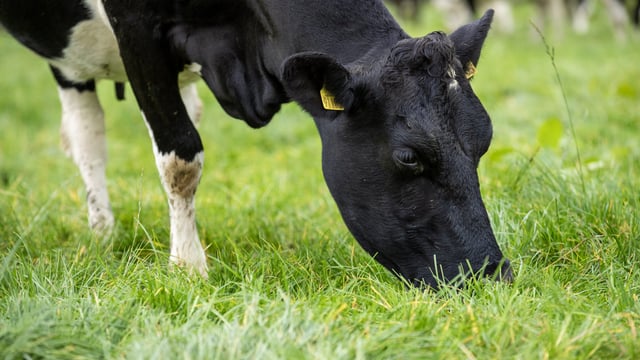Dairy farmers to see 30% average income boost in 2025
The average income for dairy farmers is set to increase by 30% in 2025 compared to 2024, according to figures published today (Monday, July 28) by Teagasc.
After seeing a strong recovery in 2024, when average dairy incomes increased by 119% to €108,189 compared to 2023, the forecast for 2025 has indicated that incomes will increase by a further 30% to 141,000 this year.
This forecast is attributable to a number of factors, included decreasing global milk supply; a neutral outlook on global demand (although trade and geopolitical tensions are creating uncertainty); increasing domestic milk production and milk prices; and a neutral forecast for input costs.
At the global level in 2025, milk production volume for the year-to date has been mixed across the major dairy export regions, according to Teagasc economists.
To date this year, EU milk production is down slightly on the 2024 level. Production is lower in Germany and the Netherlands, stable in France and Spain, and up in Ireland and Poland.
UK milk production in 2025 is also up on the 2024 level, while milk production has increased in the US, New Zealand and Argentina in 2025.
Production increases in Ireland and the UK have generally been driven by favourable weather and improved farm profitability.
Meanwhile, in China, milk production is likely to be down in 2025, as farm exits lead to lower cow numbers.
On the global demand picture, international dairy product demand in the first half (H1) of 2025 has been positive, aided by growth in the Middle East and parts of South-East Asia, despite a softening in imports by China.
Trade flows have been (and are likely to continue to be) somewhat disrupted due to ongoing speculation on tariff, geopolitical tensions and economic uncertainty.
Some frontloading of dairy commodity purchases could be seen in quarter four (Q4) of 2024 and quarter one (Q1) of 2025 in anticipation of the introduction of tariffs by the US.
Import demand from China has improved slightly for whole milk powder and whey in Q1 2025.
The outlook for global dairy demand is highly dependent on the sentiment for economic growth, Teagasc noted, with continued uncertainty around trade and geopolitical tensions being seen as key influential factors.
On prices, the Teagasc report said that European butter prices have continued to perform strongly in 2025. Cheddar and skim milk powder (SMP) prices have moved slightly downwards.
At the end of the second half (H2) of 2025, European butter prices stood at close to €7,400/t, while cheddar prices were just above €4,600/t and SMP at just over €2,400/t.
The continued strength of the Irish milk price is primarily driven by the very high butter price, the report said.
Dairy commodity prices are expected to remain fairly unchanged on current levels through the remainder of 2025, with some potential for a decline in the butter price due to increased global milk supply.
Allowing for a modest reduction in monthly farmgate prices later in the year, the average Irish milk price for 2025 could be 49c/L base price (or 55c/L actual price), up 7% on the average for 2024.
In terms of domestic production, milk production in the year to May 2025 is up almost 7% due to a return to more normal milk deliveries compared to the very poor start to the 2024 production season.
Grass growth conditions have been generally favourable in 2025, although dry conditions in some regions may have posed some challenges in recent weeks.
On average, feed use is likely to increase slightly in 2025 given the increase in milk production volume.
Dairy cow numbers in 2025 are expected to be down over 2.5% on the June 2024 level, but a very strong improvement in milk yield per cow compared to 2024 is evident, according to Teagasc.
For 2025, an annual increase in Irish milk production of about 5% is likely, given the favourable production conditions.
Looking at the main input costs for dairy farmers, fertiliser prices have been increasing in 2025, with continued uncertainty driven by geopolitical tensions and higher gas prices.
While official sales data is limited at this point in the year, the volume of fertiliser sold is likely to be up in 2025.
Higher expenditure on fertiliser on dairy farms, in the region of 16% relative to 2024, is anticipated, while feed prices in 2025 are likely to be about 4% lower than their level in 2024.
In general, average total milk production costs per litre in 2025 are likely to be down slightly on the 35.5c/L average recorded in 2024. However, farm specific cost factors should be considered.
According to Teagasc, the extent of the increase in milk price will be the main determining factor in margins.
In 2025, the average Irish dairy farm should see a net margin in the range of 21-22c/L, an increase of about 25% on the 2024 level.





